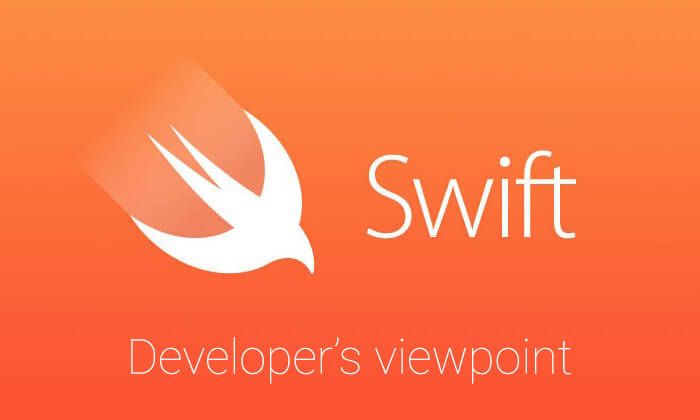There have been various developments in the field of Java since its evolution. It has provided a robust programming platform for the developers. Additionally, Java has also served as a true source to various other programing interfaces. Liferay has been the one which has enabled multiple organizations to work on same platform. Having not so much time of its release, Liferay has been well accredited by the users.
Apparently, known to all the developers, Liferay has also been created into various versions so far. The beta version of Liferay 7 has been released recently for the developers. This newer version allows the old plugins to run swiftly. However, at some places the APIs have been modified, which would have to be adapted for the new version. Apart from all these, Liferay has come with various changes; the one noticeable among which is working with OSGI.
What Is OSGI?
Open Source Gateway Initiated or OSGI as it is mostly abbreviated, is a framework. This is used to develop modular Java applications. The components also referred to as the bundles could be easily installed, uninstalled, started or stopped and that too remotely. The current version of Liferay i.e. Liferay 6.2, includes OSGI runtime which could run OSGI bundles encapsulated with Liferay plugins.
OSGI is basically an open standards organization which has been maintaining its OSGI standard since March 1999. It comes up as a modular system and a service platform for Java programming language. The service registry of OSGI also helps the bundles to determine the inclusion or exclusion of the service. It has various illustrious members like that of IBM, Oracle, Red Hat, Adobe, Siemens, TIBCO, France Telecom, Deutsche Telekom, Technicolor and many more.
Liferay OSGI Plugins-
Generally distributed as JAR files, OSGI web bundles are similar to standard web application archives in terms of their architecture. OSGI specification doesn’t need any file extension for web application bundles. Further, in order to create an OSGI plugin for Liferay, the user will need a Liferay Plugin SDK. The plugins could also be downloaded from the link.
After the Plugins SDK are extracted and navigated to the shared folder, the user must create a folder for OSGI plugin project in the shared folder. A project made in such a format must end with “–shared”.

 And so on. The other illustrious OSGI implementations are open source which include eclipse equinox, Apache Felix, JBoss AS 7, Knopflerfish along with Oracle GlassFish, Eclipse ECF to name some of them.
And so on. The other illustrious OSGI implementations are open source which include eclipse equinox, Apache Felix, JBoss AS 7, Knopflerfish along with Oracle GlassFish, Eclipse ECF to name some of them.

 3 mins
3 mins











 Talk to Our
Consultants
Talk to Our
Consultants Chat with
Our Experts
Chat with
Our Experts Write us
an Email
Write us
an Email





